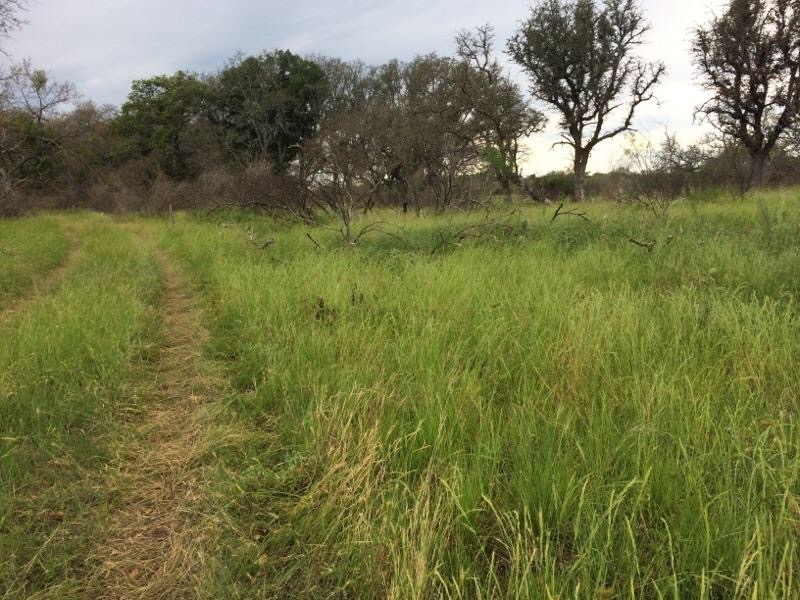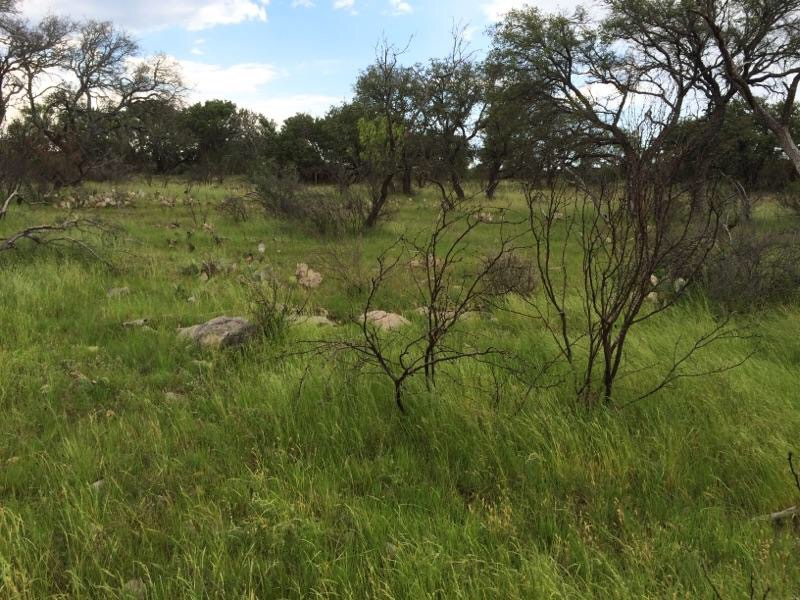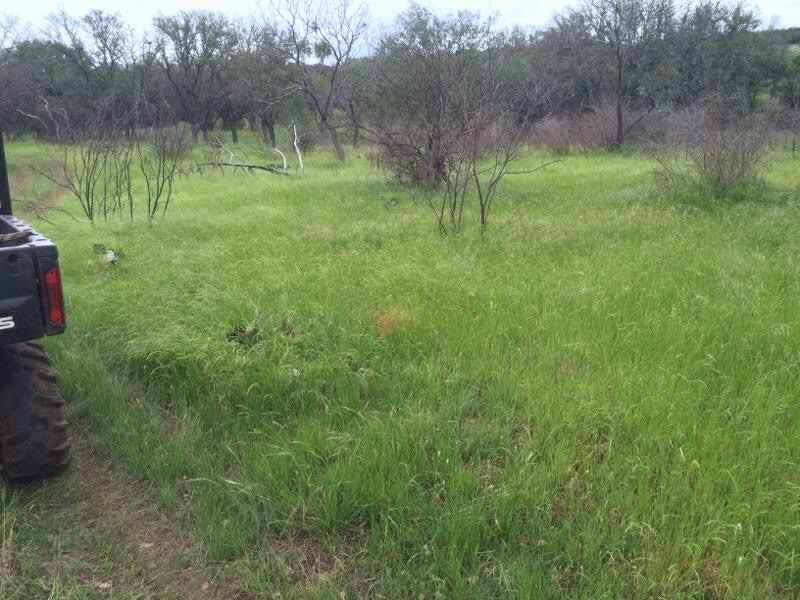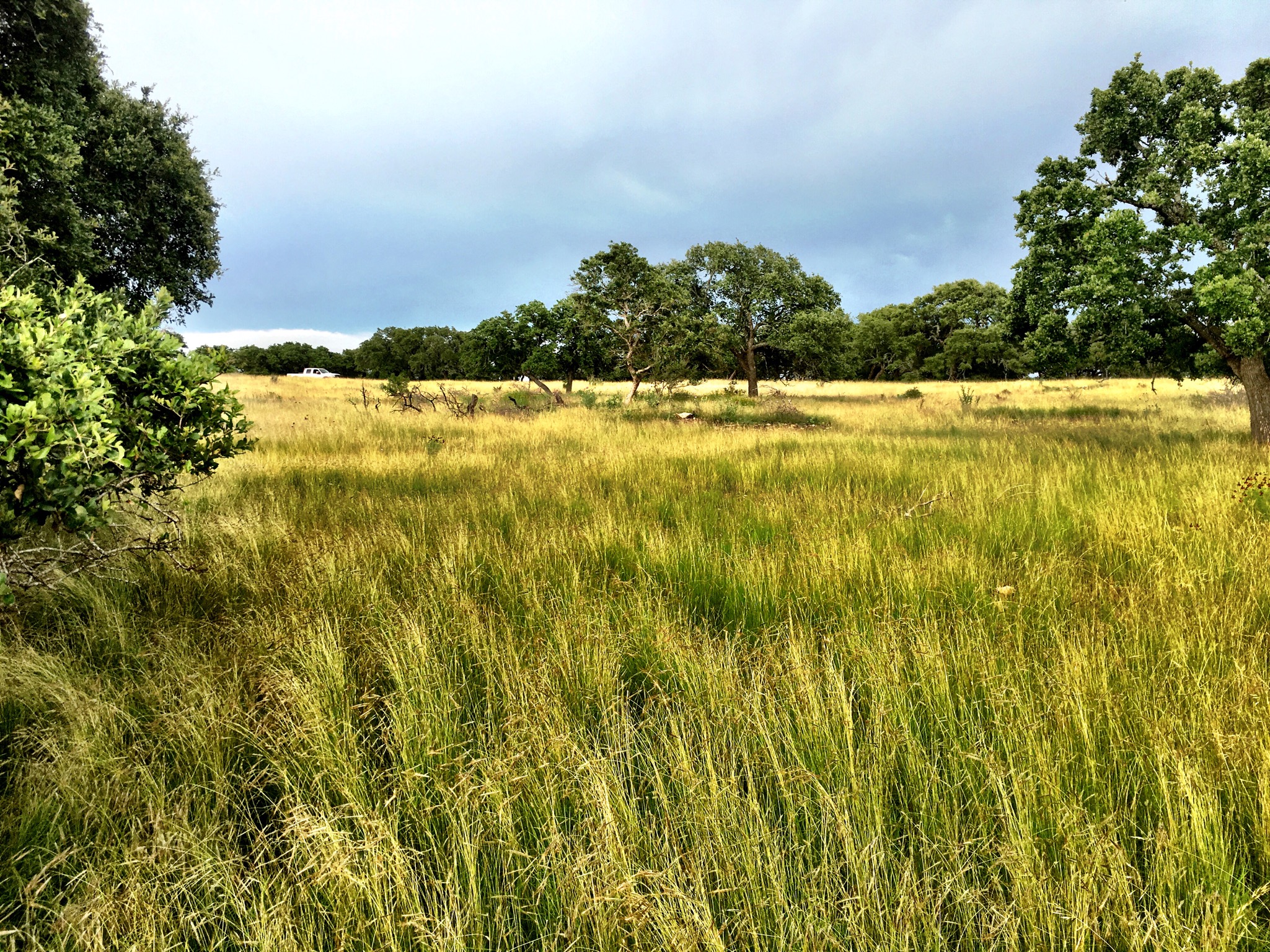Soil Health…kind of catchy, right?! I agree. And, so do thousands of other range managers and landowners. It’s the buzz word of the century and it’s here to stay. So what do we know about soil health and how the heck can our ranchers use it?
Today, we will be looking at 2 relatively recent articles on soil health. First, “Usable Science: Soil Health” written by Justin Derner, Chuck Stanley, and Chad Ellis. Secondly, we will look at “Soil Health as a Transformational Change Agent for US Grazing Lands Management” written by Justin Derner, Alexander Smart, Theodore Toombs, Dana Larsen, Rebecca McCulley, Jeff Goodwin, Scott Sims, and Leslie Roche.
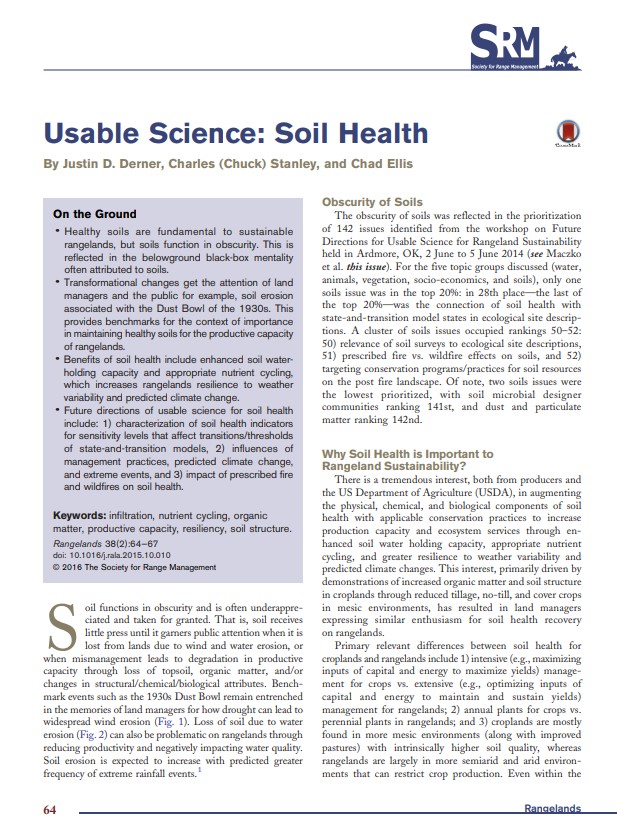 Why is soil health on the minds of every range manager these days? Easy. Dust Bowl of the 1930s was a benchmark event that changed every single range, crop, and land-man’s way of thinking. Total game changer. As Derner and others stated, “The 1930s Dust Bowl remains entrenched in the memories of land managers for how drought can lead to widespread wind erosion.” I couldn’t agree more. As range managers, we seek to learn from our mistakes – not repeat them. So now we have the most talented scientists working out the details of a very complex, obscure, and complicated science of the physical, chemical, and biological components of soil and how applicable conservation practices increase production, capacity, and ecosystem services through enhanced soil water holding capacity, appropriate nutrient cycling, and greater resiliency to weather variability and predicted climate changes. For example, utilizing novel experiments with adaptive grazing management wherein short “pulses” of grazing with a large herd followed by rest periods of more than 1 year provides experimental platforms to evaluate the efficacy of soil health monitoring efforts. Can I get an amen from the range gospel choir?! Wahoo!!! It’s about dang time!
Why is soil health on the minds of every range manager these days? Easy. Dust Bowl of the 1930s was a benchmark event that changed every single range, crop, and land-man’s way of thinking. Total game changer. As Derner and others stated, “The 1930s Dust Bowl remains entrenched in the memories of land managers for how drought can lead to widespread wind erosion.” I couldn’t agree more. As range managers, we seek to learn from our mistakes – not repeat them. So now we have the most talented scientists working out the details of a very complex, obscure, and complicated science of the physical, chemical, and biological components of soil and how applicable conservation practices increase production, capacity, and ecosystem services through enhanced soil water holding capacity, appropriate nutrient cycling, and greater resiliency to weather variability and predicted climate changes. For example, utilizing novel experiments with adaptive grazing management wherein short “pulses” of grazing with a large herd followed by rest periods of more than 1 year provides experimental platforms to evaluate the efficacy of soil health monitoring efforts. Can I get an amen from the range gospel choir?! Wahoo!!! It’s about dang time!
To summarize what the Rangelands article is talking about, here we go:
#1. What are the effects of conservation practices (e.g., prescribed grazing, prescribed fire, and brush management) on the chemical, physical, and biological components of soil health?
#2. Can the chemical, physical, and biological components of soil health be used as “early indicators” of phase, transition, and/or threshold shifts in plant communities for state-and-transition models to enhance ecological site descriptions?
#3. How can the chemical, physical, and biological components of soil health be enhanced through adaptive management to increase the resilience of soils to weather variability and changing climate?
#4. How can the soil health tool kit to provide more robust and broad assessments of soil health and/or monitoring of the chemical, physical, and biological components for land managers in a timely and responsive manner to facilitate adaptive management be expanded?
Fast forward to our next article, Soil Health as a Transformational Change Agent for US Grazing Lands Management and now is where we get to the cool nerd stuff. Current soil health is an opportunity not to focus on improvement of soil health on lands where potential is limited but rather to forward science-based management on grazing lands via
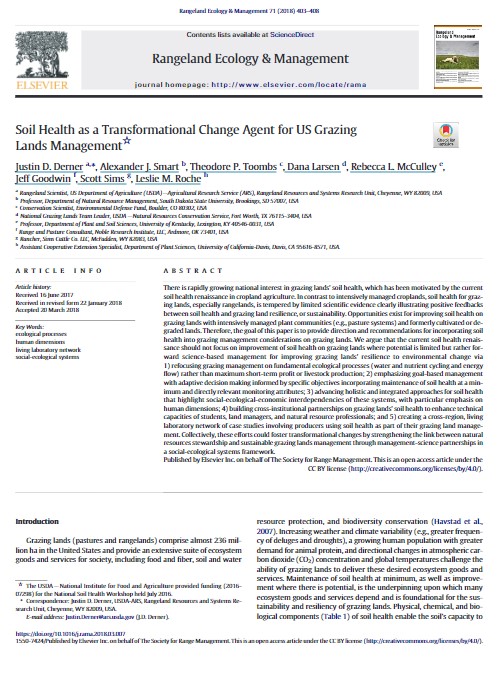 #1. Refocusing grazing management on fundamental ecological processes (water and nutrient cycling and energy flow) rather than maximum short-term profit or livestock production
#1. Refocusing grazing management on fundamental ecological processes (water and nutrient cycling and energy flow) rather than maximum short-term profit or livestock production
#2. Emphasizing goal-based management with adaptive decision making informed by specific objectives incorporating maintenance of soil health at a minimum and directly relevant monitoring attributes
#3. Advancing holistic and integrated approaches for soil health that highlight social-ecological-economic inter-dependencies of these systems, with particular emphasis on human dimensions
#4. Building cross-institutional partnerships on grazing lands’soil health to enhance technical capacities of students,land managers, and natural resource professionals
#5. Creating across-region, living laboratory network of case studies involving producers using soil health as part of their grazing land management. Explicitly incorporating soil health into grazing management and the matrix of ecosystems services provided by grazing lands provides transformational opportunities by building tangible links between natural resources stewardship and sustainable grazing management, as well as providing paths to reach broader audiences and enhance communications among producers,customers, and the general public.
Now, we can really jump up and say “hallelujah!!!!”
This is what their vision looks like:
My favorite part, is “Re-focus grazing management on fundamental ecological processes.” What a concept!!

Better yet! There is an app for that! Check out LandPKS on your smartphone device and start collecting data on LandInfo, LandCover, and LandManagment!
Please click here for more information regarding this remarkable tool!
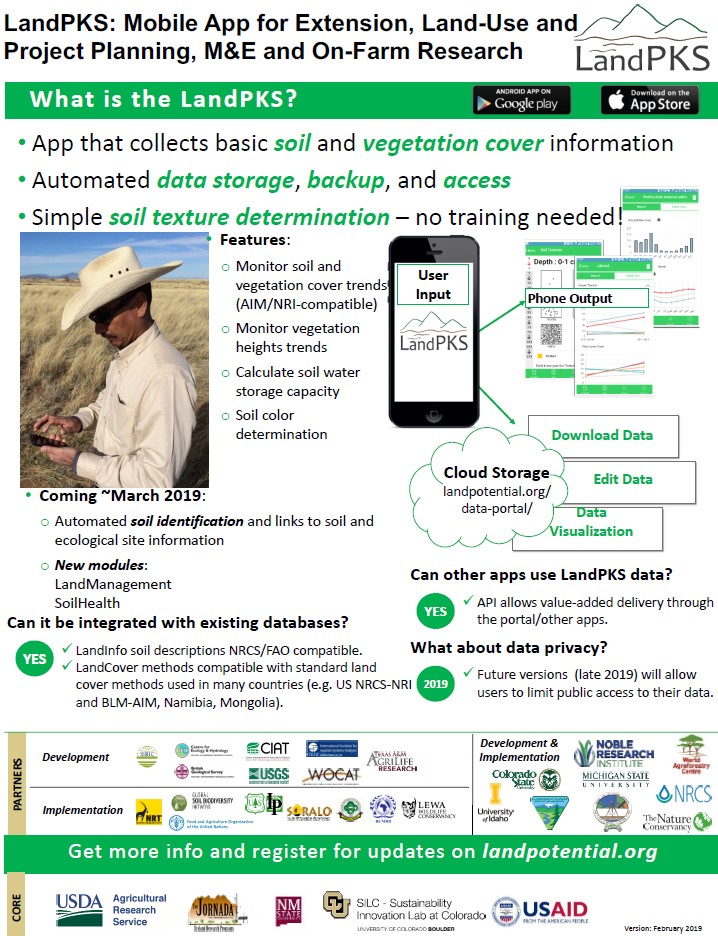
 Believe it or not, Soil Health is more fun and easy than you think! We just overcomplicated it!
Believe it or not, Soil Health is more fun and easy than you think! We just overcomplicated it!
